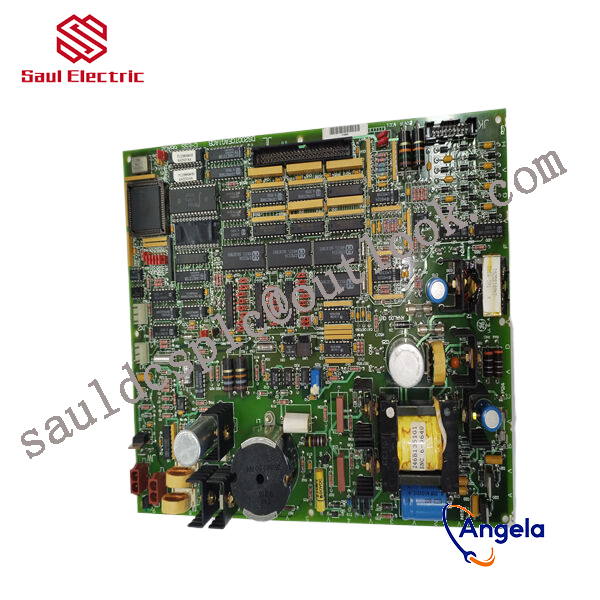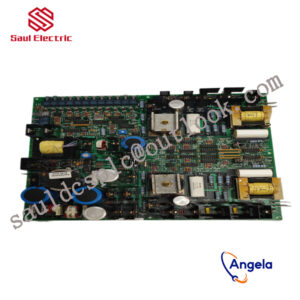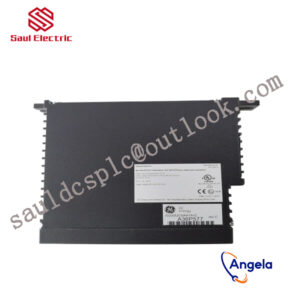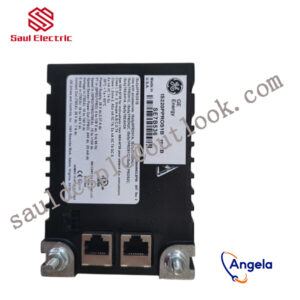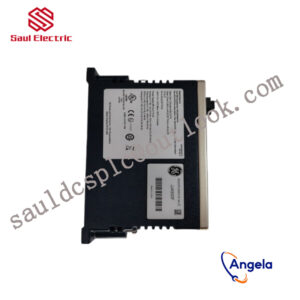Description
DS200PTCTG2BAA Product Introduction
The specific application scope of the product
will depend on the needs of system integration and industrial application, but generally speaking, this type of embedded controller module can be applied to the following categories:
manufacturing processes, etc.
monitoring and control system.
of the controller module, as well as the specific needs of the customer.
designed to manage gas or steam turbines.
It has a CIMPLICITY graphical interface and an HMI with software suitable for running heavy-duty turbines.
be installed at the bottom of the cabinet. For a small setup that is easy to serve a triple redundant system, up to three components can be installed side by side.
he board can operate within a temperature range of 0 to 65 degrees Celsius without the need for a fan for cooling. NFPA Class 1. This board can be used for two applications.
user experience Secondly, if power system engineers are to consider the convenience and speed of using the product in the future, operability needs to be improved while ensuring stability. This requires a simple self-service system and an operation interface with good visual effects that can meet the needs of users. Some operating habits and other aspects * cut costs Furthermore, since there are many nodes in the power system, the same product needs to be deployed on many nodes. Then when the quantity of required products increases, cost issues will inevitably be involved. How to solve the research and development, construction and installation of products and better reduce operating expenses is also a major issue that ABB needs to consider.Implementation of communication between Omron vision system and ABB industrial robotintroductionIn modern production processes, vision systems are often used to measure and identify products, and then the results are transmitted to industrial robots for work through communications . In this process, communication settings are very important. This article analyzes the communication implementation process between the Omron FH-L550 vision system and ABB industrial robots. The main task is to enable the vision system to provide data detection results for ABB industrial robots, and the industrial robots perform related operations based on the data results. This article mainly discusses the entire process of visual system communication transmission implementation.1Ethernet-based communication settings in vision softwareThe main communication methods of Omron FH-L550 vision system controller are as follows [2], namely: parallel communication, PLCLINK communication, Ethernet communication, EtherCAT communication, and protocol-free communication. These five communication methods have their own characteristics in the communication process. In modern equipment, Ethernet communication (Ethernet communication) is the most common, so this article uses the Ethernet communication method as an example to analyze and explain.First, select the “Tools” option in the main interface, select the “System Settings” menu (Figure 1), after entering the “System Settings” menu, click the “Startup Settings” option, and select the “Communication Module” tab (Figure 2 ), after completing the above settings, return to the main interface to save the settings (Figure 3). Finally, select the function menu to perform system restart settings, and wait for the system to complete the restart before proceeding to the next step.After the system restarts, click the “System Settings” menu again and select the “Ethernet (No Protocol (UDP))” option (Figure 4). In this option, there will be parameter settings such as IP address and port. What needs to be noted here are the two IP address parameters. The parameters in “Address Setting 2” need to be filled in. The information that needs to be filled in includes the IP address of the vision controller, subnet mask, default gateway and DNS server.In the port number setting of “Input/Output Settings” at the bottom of the menu, set the port number for data input with the sensor controller. Note that the port number should be the same as the host side, and finally complete the settings and corresponding data saving work.2ABB industrial robot communication settingsFirst, configure the WAN port IP address for the ABB industrial robot. Select the control panel in the teach pendant, then select configuration, then select communication in the theme, click IPSetting, set the IP information and click “Change” to save the IP information.Next, use the SocketCreate robot command to create a new socket using the streaming protocol TCP/IP and assign it to the corresponding variable (Figure 5). Then use the SocketConnect command to connect the socket to the remote computer. After the communication connection is completed, it is necessary to send and receive information from the visual system. To send information, use the SocketSend instruction to send data instructions to the remote computer. After the vision system collects information and makes judgments, the industrial robot system will receive data from the remote computer. The data reception is completed using the SocketReceive instruction. This instruction stores the data in the corresponding string variable while receiving the data. Useful information needs to be extracted from the received data information, which requires StrPart to find the specified character position instruction, extract the data at the specified position from the string, and assign the result to a new string variable. Finally, when the socket connection is not in use, use SocketCloSe to close it.
IS200VSVOH1B From General Electric in the United States
IS230TVBAH4A High performance processor module GE
IS210AEBIH1BAA GE power control board
IS200VRTDH1DAC From General Electric in the United States
IS200TSVCH2ADC Gas turbine system Mark VI
DS200LRPAG1AAA Gas turbine system Mark VI
DS215TCQAG1BZZ01A I/O excitation redundant module GE
DS200DCFBG1BLC I/O excitation redundant module GE
IS210BPPCH1AC Processor/Controller Mark VI System
IS210AEBIH1BED From General Electric in the United States
IS200ISBEH2ABB GE power control board
IS200VPWRH1AF GE power control board
IS200ERRRH1A Gas turbine system Mark VI
IS200VTCCH1CBB High performance processor module GE
IS200TBACIH1B Gas turbine system Mark VI
IS200VTCCH1CBB GE power control board
IS200RCSBG1BAA From General Electric in the United States
IS200ICIAH1ABB From General Electric in the United States
IS200TREGH1B GE power control board
IS215UCVEH2A Processor/Controller Mark VI System
IS200ISBBG2AAB Processor/Controller Mark VI System
IS200TREGH1BDB Gas turbine system Mark VI
IS220PVIBH1A I/O excitation redundant module GE
DS200CTBAG1ACC From General Electric in the United States
IS200BPIAG1AEB From General Electric in the United States
IS200ERRBG1A High performance processor module GE
IS200VSVOH1BDC I/O excitation redundant module GE
DS200TCCAG1BAA GE power control board
DS200TCTGG1AFF GE power control board
IS200EXHSG3AEC High performance processor module GE
IS200TPROS1CBB High performance processor module GE
IS200EXAMG1A Gas turbine system Mark VI
IS220PDOAH1B I/O excitation redundant module GE
IS200WETBH1BAA GE power control board
IS200VCMIH1BCC Processor/Controller Mark VI System
DS200UCPBG6AFB Processor/Controller Mark VI System
IS200TRLYH2C I/O excitation redundant module GE
DS200TCQAG1BEC Processor/Controller Mark VI System
IS215SUCVEH2AE Gas turbine system Mark VI
IS230TBAIH2C High performance processor module GE
IS200ECTBG1ADE I/O excitation redundant module GE
IS200JPDPG1A GE power control board
IS200TBCIH1BBC High performance processor module GE
IS200TREGH1BDC I/O excitation redundant module GE
IS215UCVEM09A Gas turbine system Mark VI
IS200BICIH1ADB Processor/Controller Mark VI System
IS215ACLEH1A High performance processor module GE
IS200SAMBH1A Gas turbine system Mark VI
IS200TREGH1B I/O excitation redundant module GE
IS220PTCCHIA Processor/Controller Mark VI System
IS215PCMIH1AC Gas turbine system Mark VI
IS220PTURH1A GE power control board

